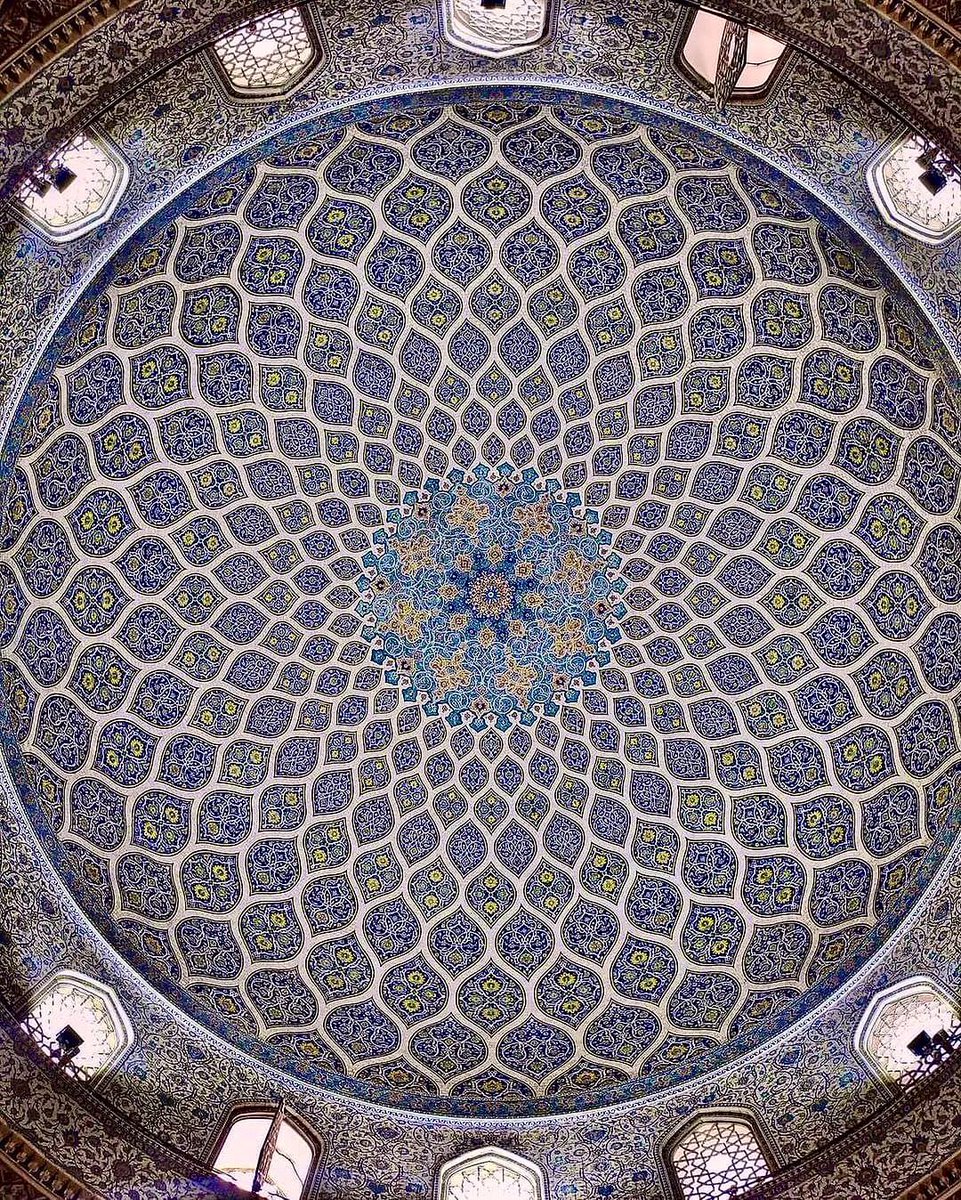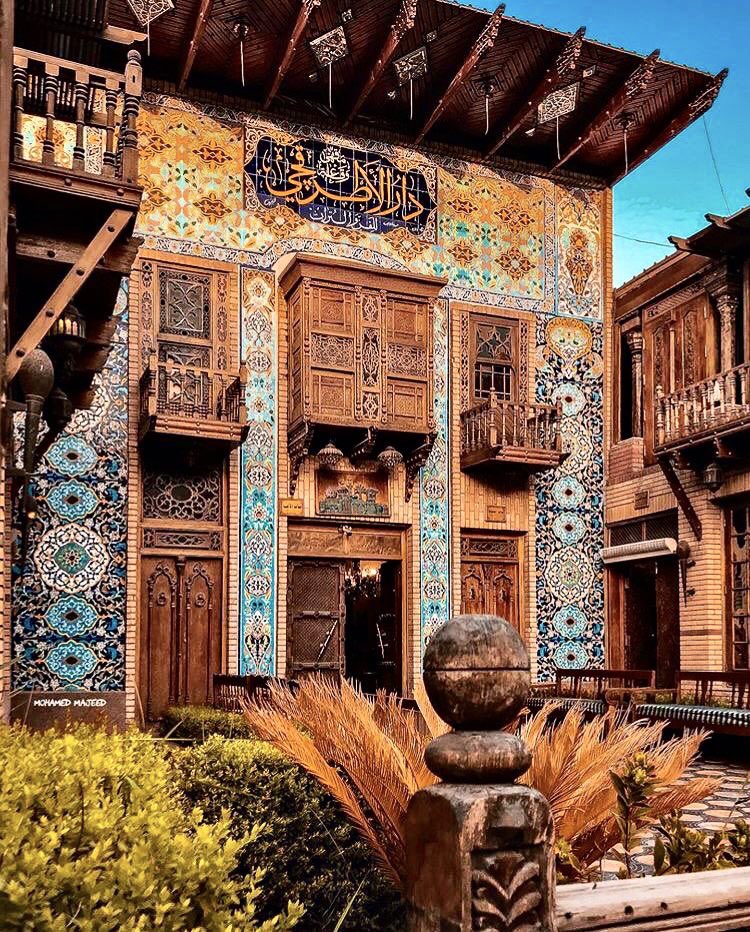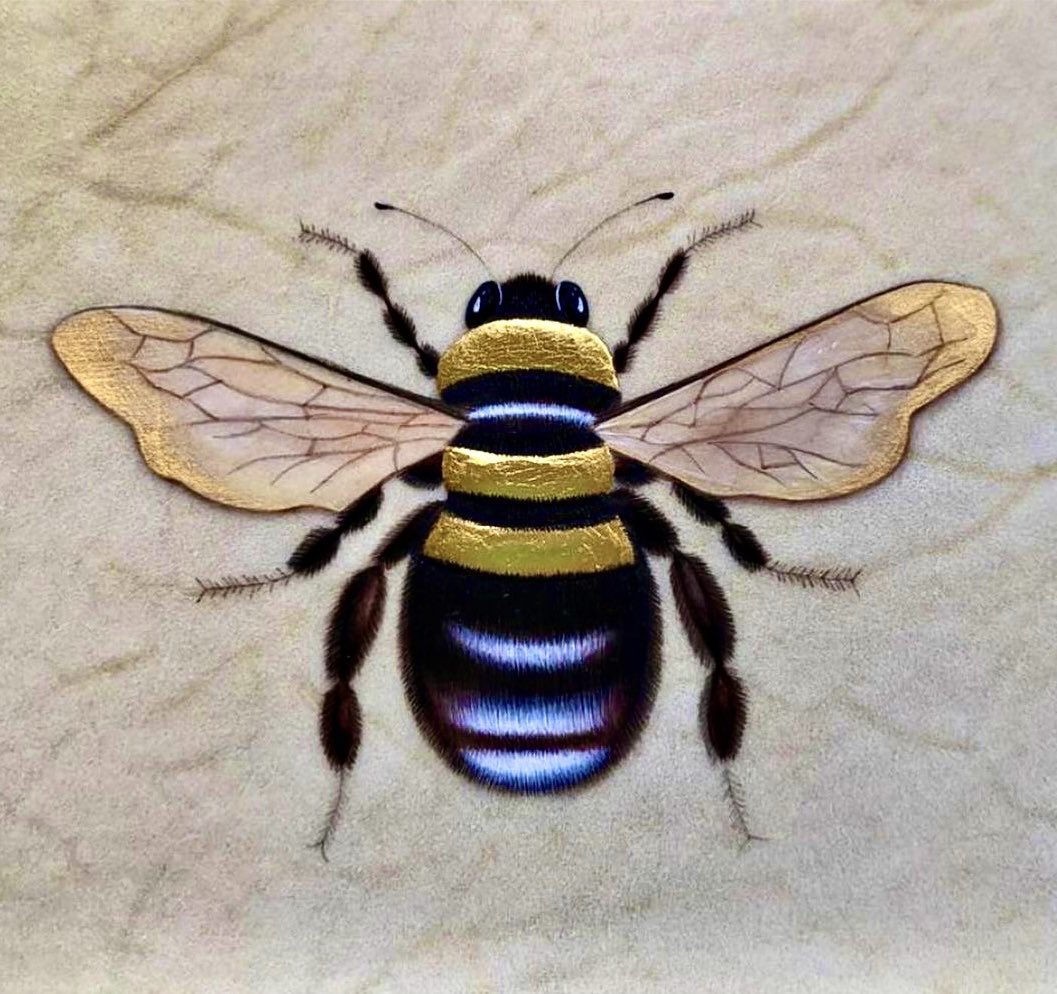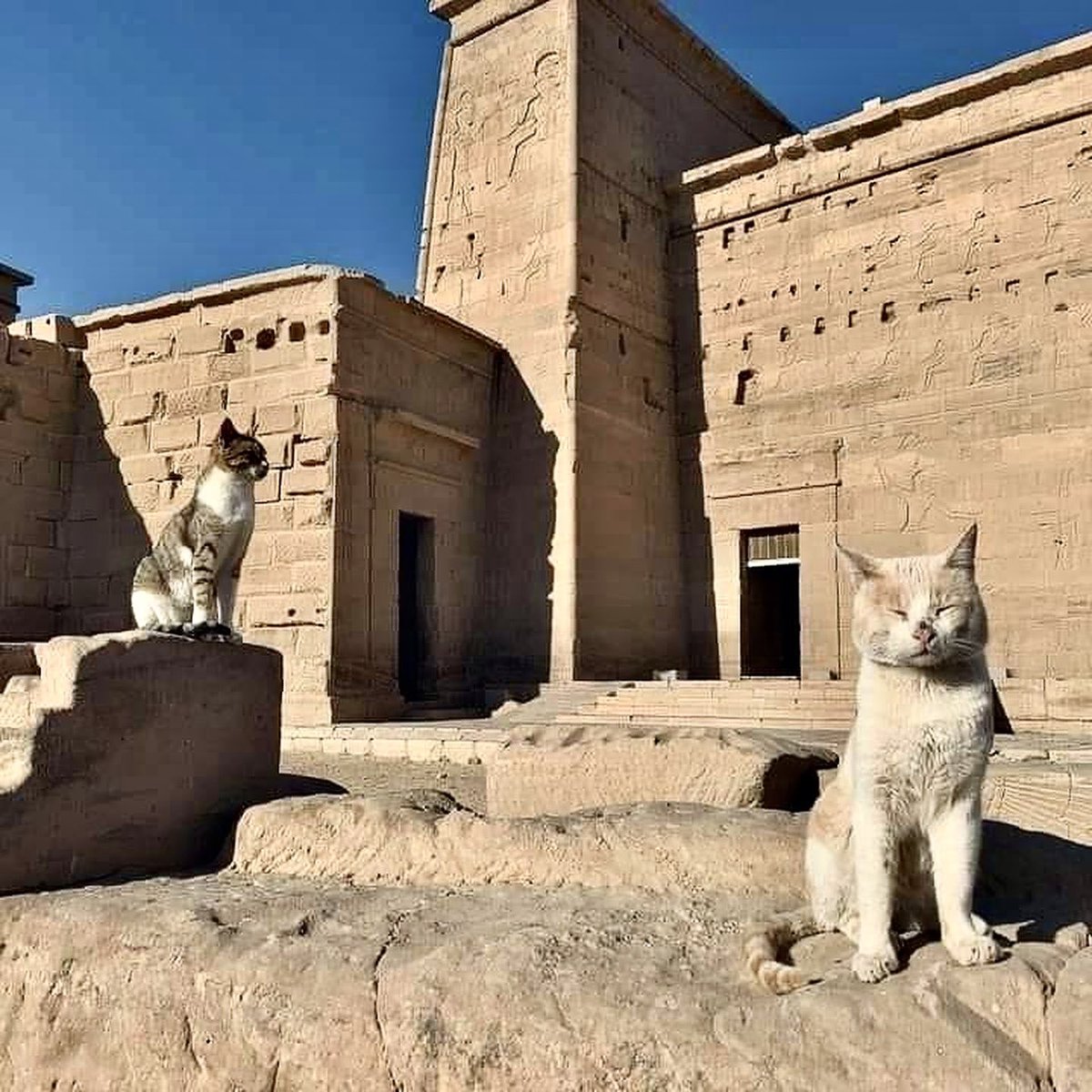Arabic is one of the most romantic languages. It has at least 11 words for love and each of them conveys a different stage in the process of falling in love.
A thread on expressions of love in Arabic…
A thread on expressions of love in Arabic…

1/ Habibi or Habibti (حبيبي/حبيبتي)
In Arabic, habibi (masculine) and habibti (feminine) means “my love”. Arabs use this as the most common expression of love - for friends, family, and sometimes, even strangers.
In Arabic, habibi (masculine) and habibti (feminine) means “my love”. Arabs use this as the most common expression of love - for friends, family, and sometimes, even strangers.

2/ Rohi (روحي)
Rohi means “my soul mate”. So calling someone rohi means you’ll love them a lot longer than your life - for eternity
Rohi means “my soul mate”. So calling someone rohi means you’ll love them a lot longer than your life - for eternity

3/ Hayati (حياتي)
A beautiful word which means my life. The addresse is supposed to so special or be very dear to the speaker. This term is equal to darling, sweetheart or love.
A beautiful word which means my life. The addresse is supposed to so special or be very dear to the speaker. This term is equal to darling, sweetheart or love.

4/ Eayni (عيني)
Meaning my eyes. Eyes are considered to be a treasure in the Arab world. So, calling someone eayni means you’ll treasure them forever.
Meaning my eyes. Eyes are considered to be a treasure in the Arab world. So, calling someone eayni means you’ll treasure them forever.

5/ Albi (قلبي)
The universal sign for love is, of course, the heart. Thus, with that in mind, it’s only natural to call somebody albi or “my heart”. Plus, everybody knows that your heart, like your love, is something you can’t live without.
The universal sign for love is, of course, the heart. Thus, with that in mind, it’s only natural to call somebody albi or “my heart”. Plus, everybody knows that your heart, like your love, is something you can’t live without.

6/ Ma Atyaback or Ma Atyabeck (ما أطيبَك /ما أطيبِك)
This is the equal to saying “How cute are you?” in English. It’s used much the same way: when somebody does something that you find cute, you’d say ma atyaback or ma atyabeck.
This is the equal to saying “How cute are you?” in English. It’s used much the same way: when somebody does something that you find cute, you’d say ma atyaback or ma atyabeck.

7/ Bahlam Feek or Bahlam Feeki (حلمت بك/ حلمت بك)
When you’re in love, it’s common to say things like you’re dreaming of your significant other. Bahlam feek (to male) or bahlam feeki (to female) is translated to I’m dreaming of you or you’re in my dreams
When you’re in love, it’s common to say things like you’re dreaming of your significant other. Bahlam feek (to male) or bahlam feeki (to female) is translated to I’m dreaming of you or you’re in my dreams

8/ Ya Amar (يا قمر)
Comparing someone to the moon is one of the most romantic ways of expressing love in Arabic. It’s the bright light shining on a dark night. ‘Ya amar” means “the moon” and it is a beautiful way to express love.
Comparing someone to the moon is one of the most romantic ways of expressing love in Arabic. It’s the bright light shining on a dark night. ‘Ya amar” means “the moon” and it is a beautiful way to express love.

9/ Omri
Because one way to say “my life” is not enough, Arabs also use the word omri, which also directly translates to “my life,” but also “my darling.”
Because one way to say “my life” is not enough, Arabs also use the word omri, which also directly translates to “my life,” but also “my darling.”

10/ Tu’burni (تقبرني)
Literally meaning, “bury me”. it means you hope that they put you in the ground before them because you couldn’t bear living without them
Literally meaning, “bury me”. it means you hope that they put you in the ground before them because you couldn’t bear living without them

11/ Wahashtini (وحشتيني)
Wahashtini means “I miss you” and it’s a famous saying among Egyptians say to tell their beloved how they feel the minute they are apart from each other
Wahashtini means “I miss you” and it’s a famous saying among Egyptians say to tell their beloved how they feel the minute they are apart from each other

12/ Ana Bahebak or Ana Bahebik (أنا بحبَك/ بحبِك)
Finally, there’s the simple tried and true straightforward way to say “I love you” – ana bahebak (masculine) or ana bahebik (feminine)
Finally, there’s the simple tried and true straightforward way to say “I love you” – ana bahebak (masculine) or ana bahebik (feminine)

Explore Arabic expressions of love: baytalfann.com/post/arabic-ex…
• • •
Missing some Tweet in this thread? You can try to
force a refresh






















